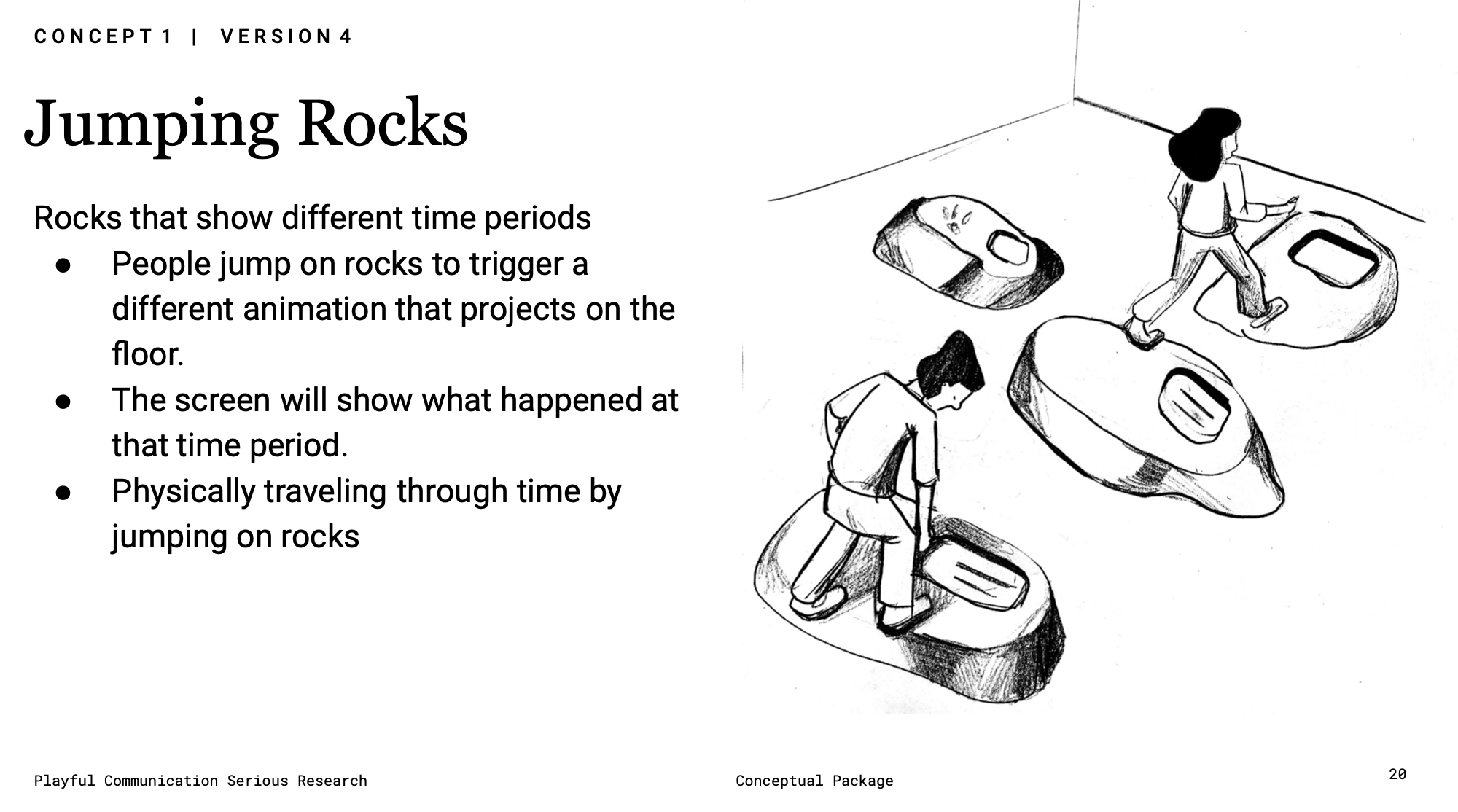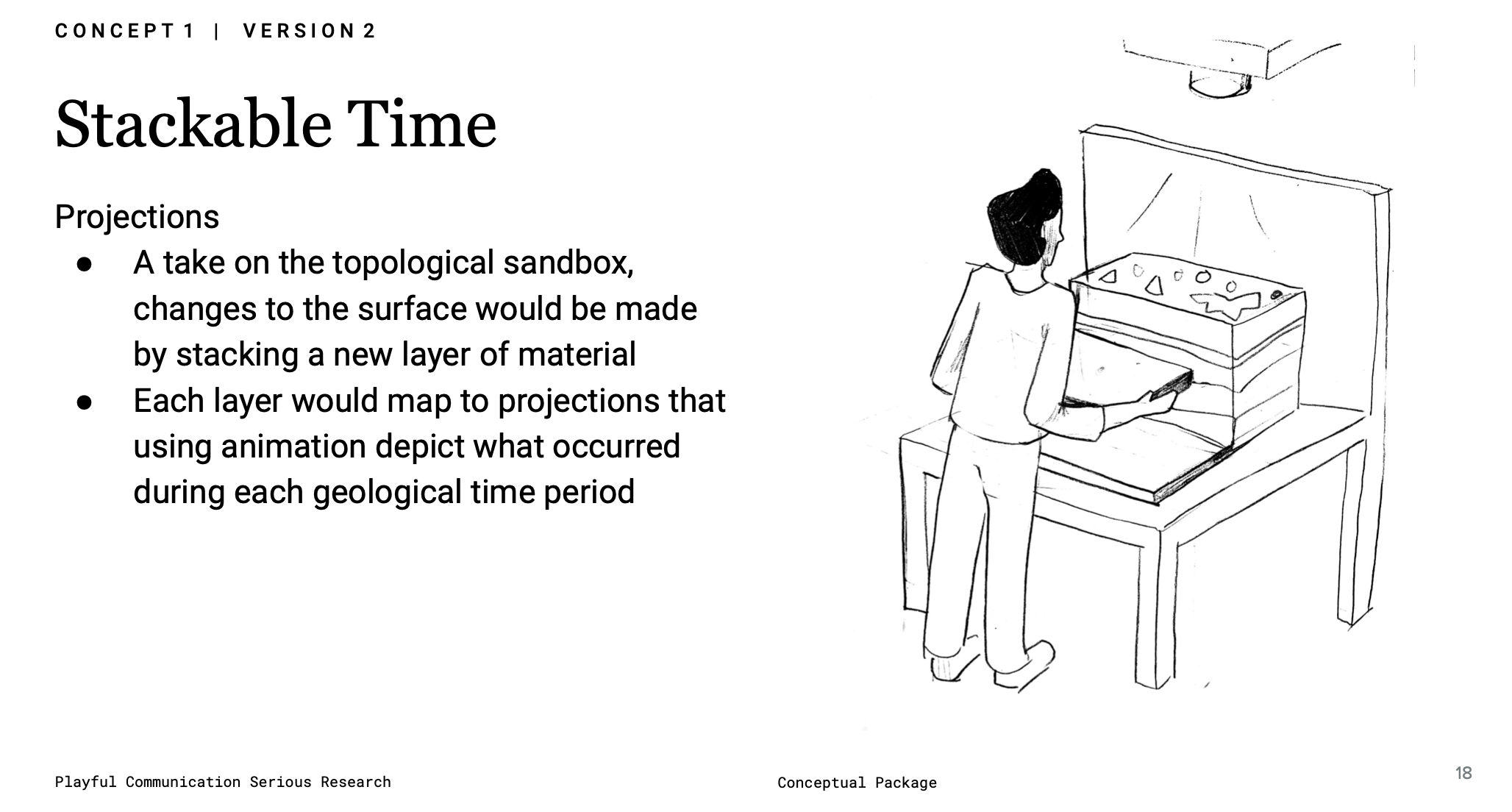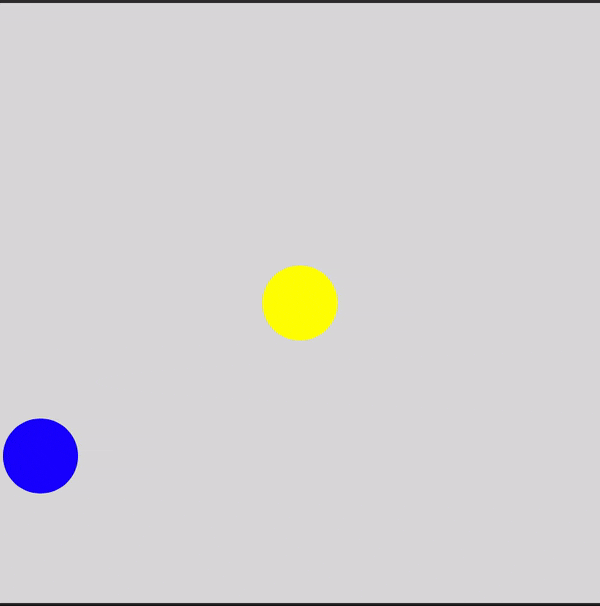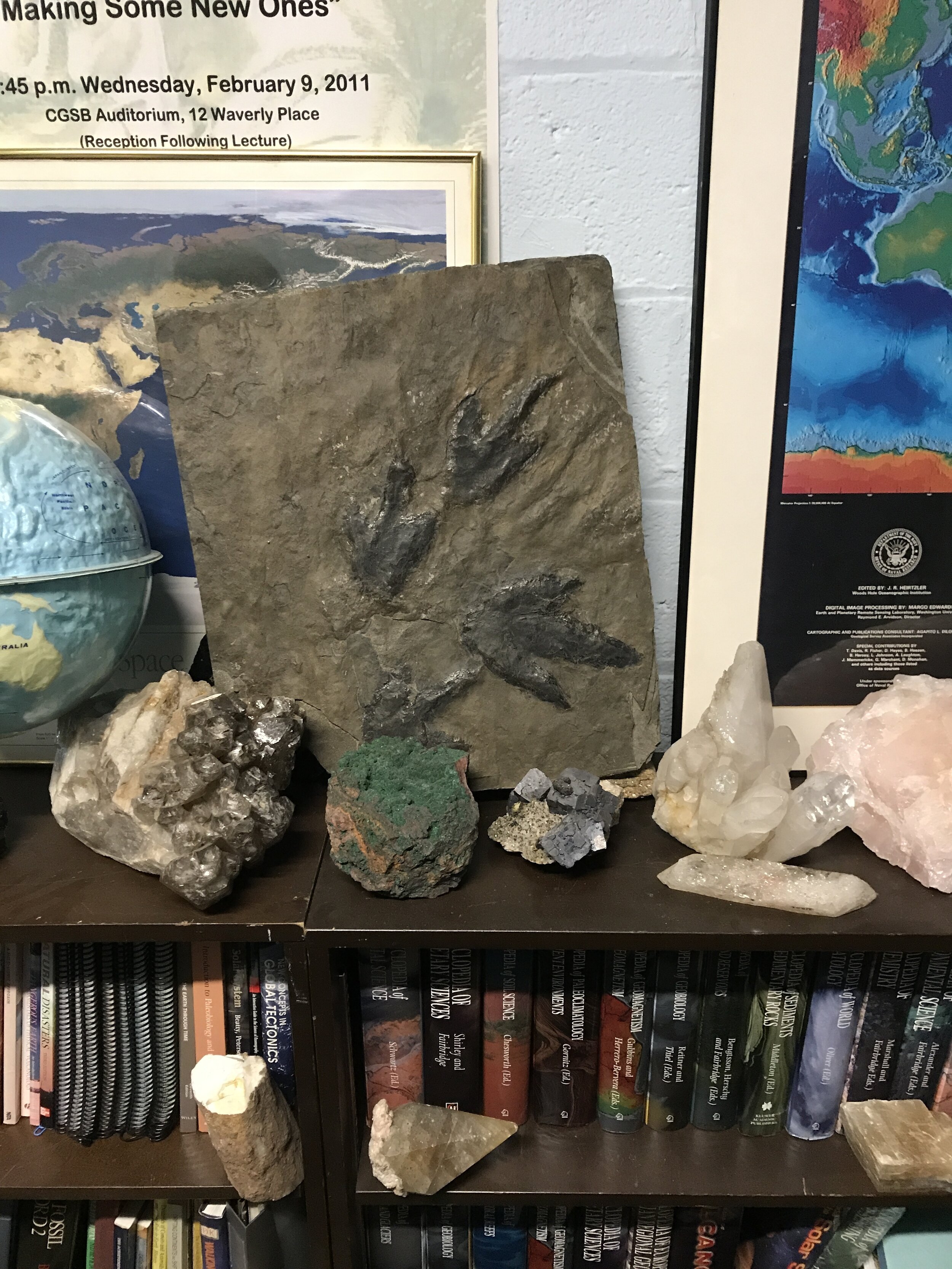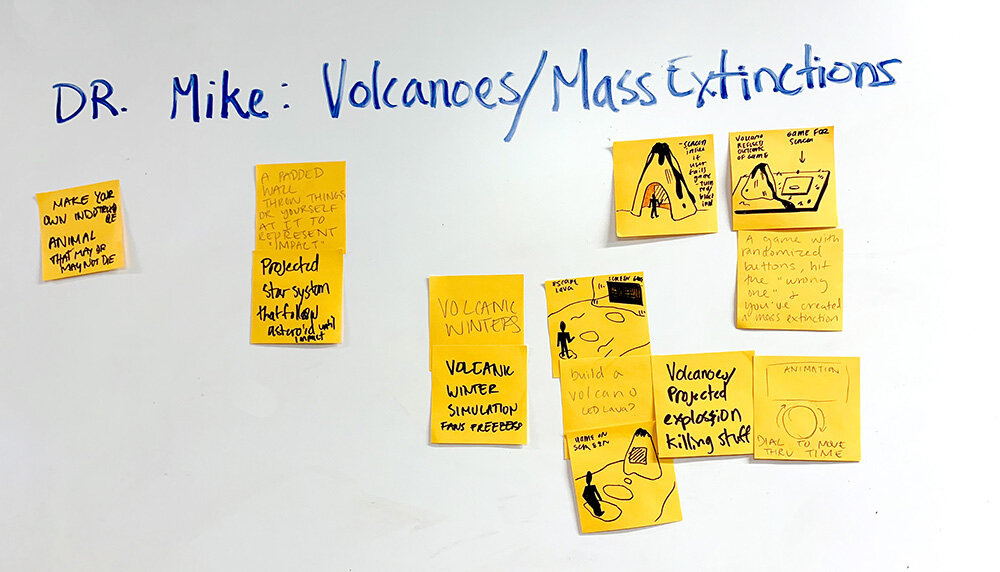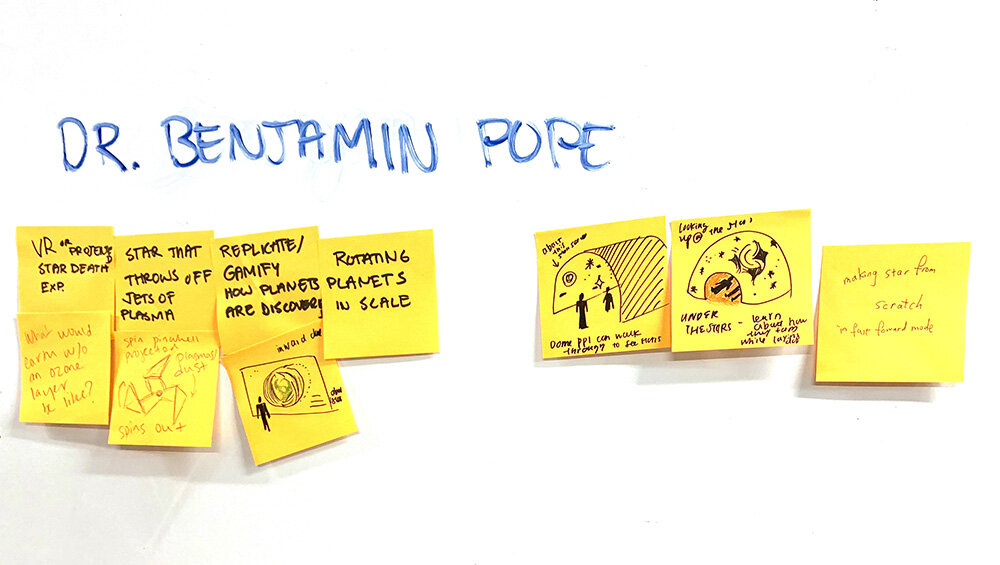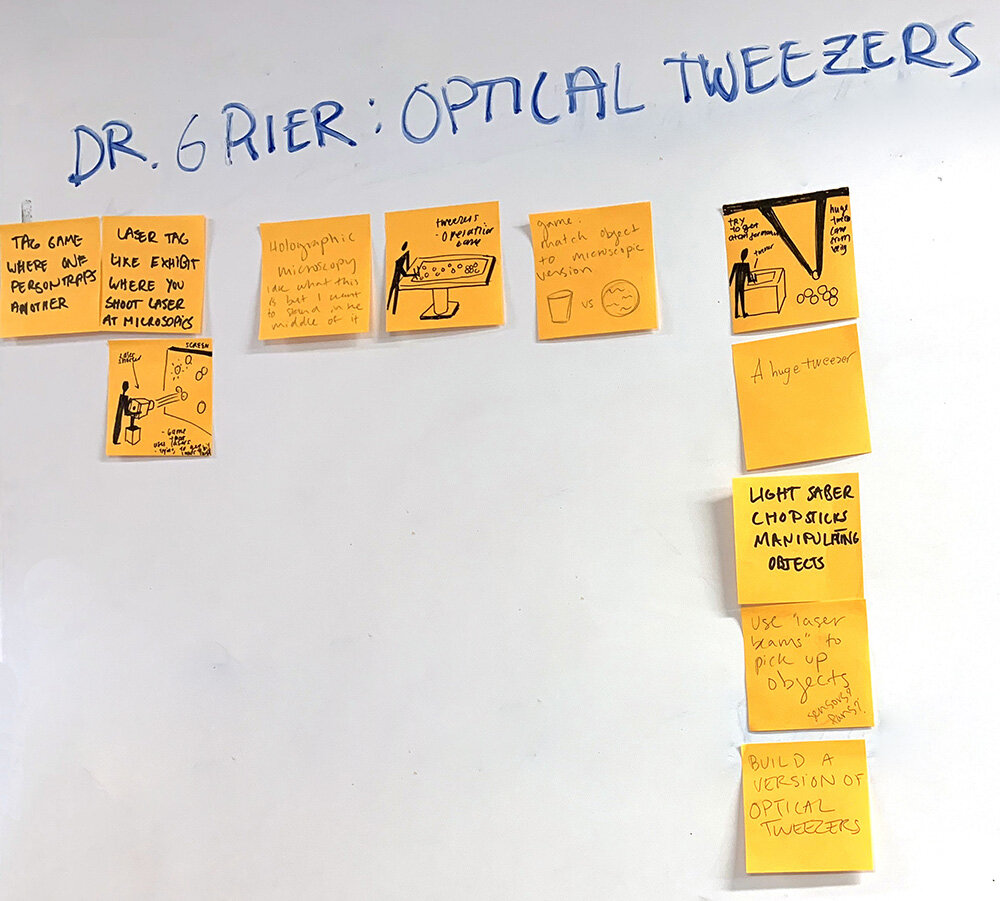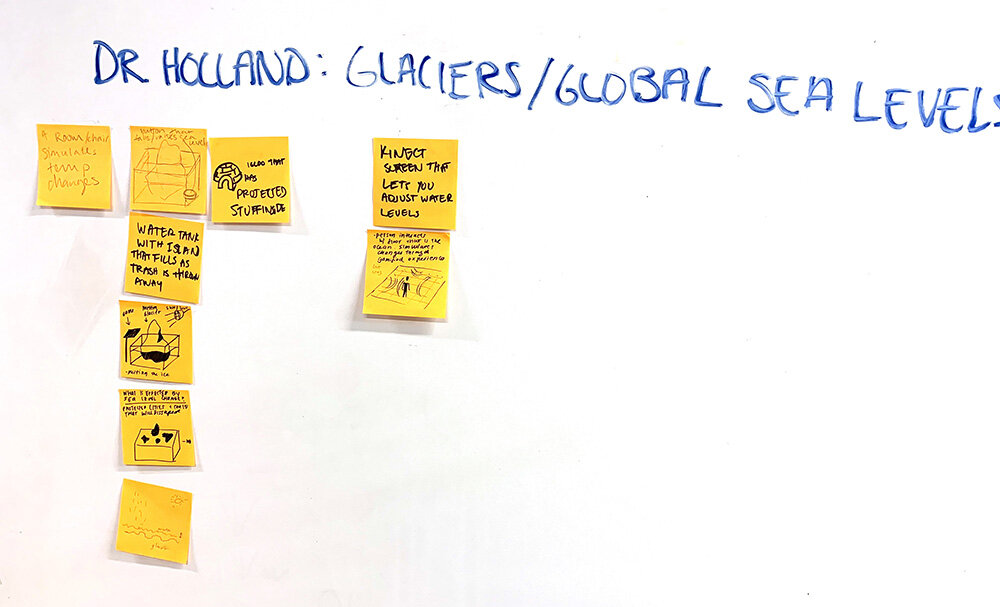This week we thought about mappings as a means to give the user more control. What aspects of music or music making could be controlled discreetly versus continuously? Should you map “one to one” or “one to many”?
I’m still working on this project very modularly. My project as of now only receives input, so its hard for me to think of multiple mappings. However, I thought I’d try breaking the voice down further and map components of voice sound.
Quick p5 sketch of the volume mapping. Singing more loudly produces bolder color!
Played around with a MIDI keyboard from the ER for the first time ever this week. Hooked it up to Ableton! Very fun.
Everything is really simple right now, partly because I’m learning as I go and I’m using what I know, but I also feel like the general design is quite simple. Is this a flaw? I want it to be super entry level, for now for the beginner user…but maybe this is boring.



